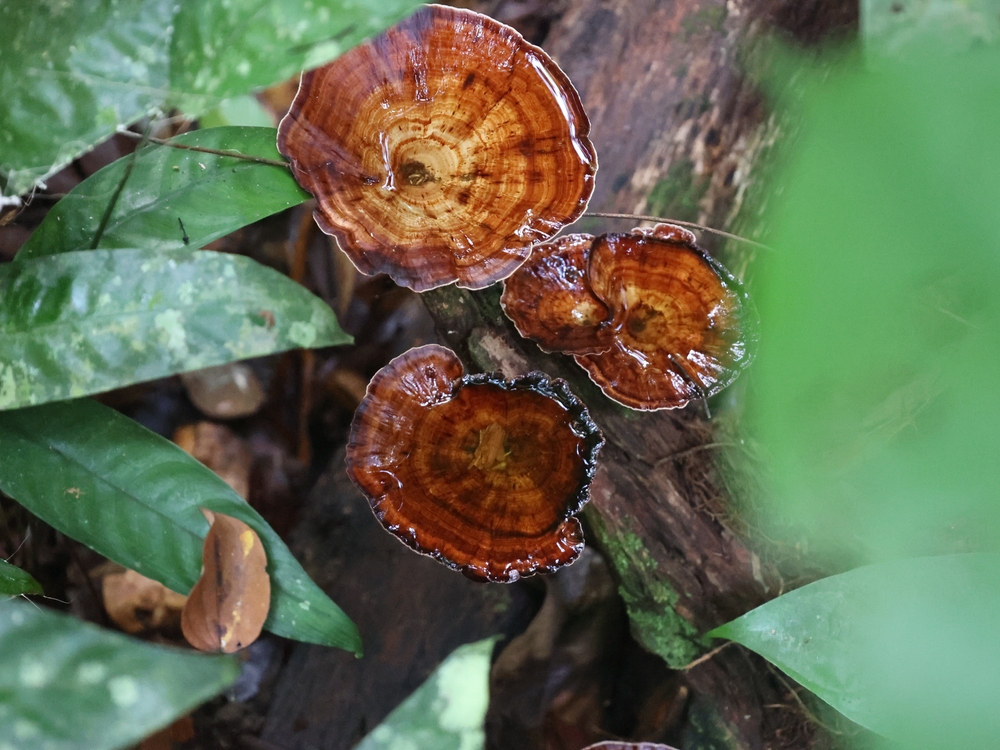Bukit Duabelas Overview
Bukit Duabelas National Park, known locally as “Taman Nasional Bukit Duabelas,” is a captivating protected area located in Jambi Province on the island of Sumatra, Indonesia. Covering approximately 280 square kilometers (108 square miles), this park is one of the smaller national parks in Indonesia.
Despite its modest size, Bukit Duabelas holds significant ecological and cultural value, representing one of the last remaining expanses of lowland tropical rainforest in Sumatra and serving as a sanctuary for both wildlife and indigenous communities.
The terrain of Bukit Duabelas National Park is characterized by rolling hills, dense forests, and interspersed streams and rivers. The landscape features a rich variety of vegetation, including towering dipterocarp trees, rattan palms, and an undergrowth teeming with ferns and orchids.
The forest floor is alive with a mosaic of fallen leaves and roots, creating a lush environment that is emblematic of Sumatra’s rainforest ecosystem. The park’s elevation ranges from lowland plains to undulating hilltops, offering diverse microhabitats that support an incredible array of species.
Wildlife in Bukit Duabelas is both abundant and diverse. The park is home to many of Sumatra’s iconic mammals, such as the critically endangered Sumatran tiger, Sunda pangolin, sun bears, and long-tailed macaques. Lesser-known species like the clouded leopard and the Malayan tapir also roam the forest, though they are rarely seen.
Bird enthusiasts can revel in spotting species such as hornbills, kingfishers, and various songbirds that fill the forest with their calls. The vibrant ecosystem reflects the biological richness of Indonesia, although it remains under threat from habitat loss in surrounding areas.
A unique feature of Bukit Duabelas National Park is its role as a cultural haven. It is home to the Orang Rimba, a nomadic indigenous community that has lived in harmony with the forest for generations. Their traditional knowledge and connection to the environment provide valuable insights into sustainable living. Visitors can sometimes witness their way of life, though respectful and regulated interaction is essential to preserve their culture.
Visitors to the park typically engage in guided treks, which offer a chance to immerse themselves in the rainforest’s natural beauty. River exploration and wildlife observation are other popular activities, as the park’s pristine environment provides unique opportunities to experience unspoiled nature. Conservation education programs and ecotourism initiatives also allow visitors to support sustainable development and the preservation of this important habitat.
Bukit Duabelas faces conservation challenges, particularly due to deforestation and encroaching palm oil plantations in surrounding areas. However, efforts by local and international organizations have led to significant successes, including community-based conservation programs and stricter enforcement against illegal logging. Collaborative projects involving the Orang Rimba have further bolstered sustainable conservation practices, making the park a model for balancing ecological preservation with cultural respect.










































































